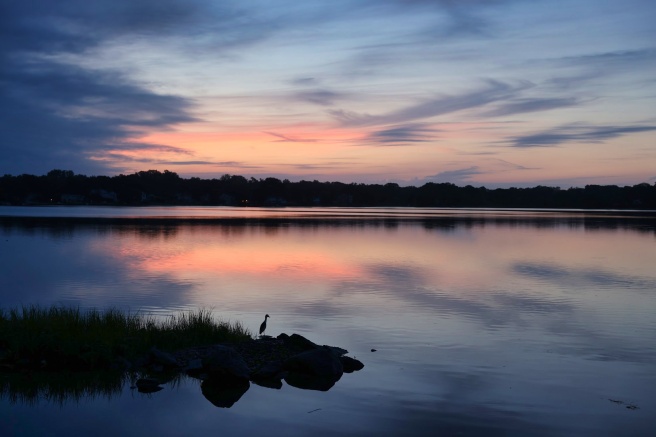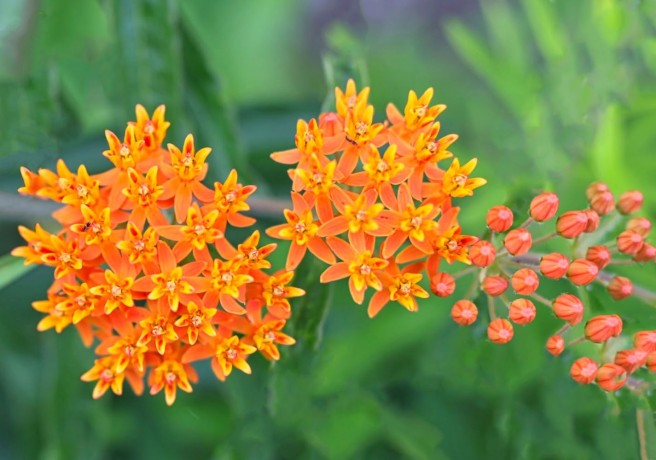
By the middle of October, the foliage was beautiful. It seemed that the colors had arrived somewhat late, and because there had been so little rain for so long people thought maybe this was why the trees were shy and would not change their color so vibrantly. But then they did! Then they did.
Here is a secret about the beauty of the physical world. My mother told me this when I was very small — my real mother, not the nice mother I made up later to be with me — my real mother told me one day that the great landscape painters understood one thing: that everything in nature started from the same color. And I thought of this as I watched the leaves changing. You may think: Don’t be ridiculous! There are vibrant reds and yellows and greens! And there are. Yet, walking along the river, as I did more frequently now, but also walking down our narrow road, I saw this. That in the yellows and the reds and the greens, they were somehow springing from the same color. And it is hard to describe this, but as more leaves fell I saw this more clearly. Everything seems to start with a kind of brown and it grows from there: The huge slabs of rocks that were on the side of the road were gray and brown, and the oak trees that turned russet were similar in color to the seaweed that I have described as being a coppery color, and the water, whether it is dark green or gray or brown, was of a similar hue.
I also noticed how, in the afternoons, clouds might start to come in and they were gently autumnal; they made the world look quietly soft as though it was already getting ready to tuck itself in for the night. I am only saying what a thing the physical world is!
— Elizabeth Strout, Lucy by the Sea: A Novel (Random House, September 20, 2022)
Photo: DK @ Brant Point, Nantucket. October 2, 2022 @ 7:21 am. See more pictures from Brant point here.





